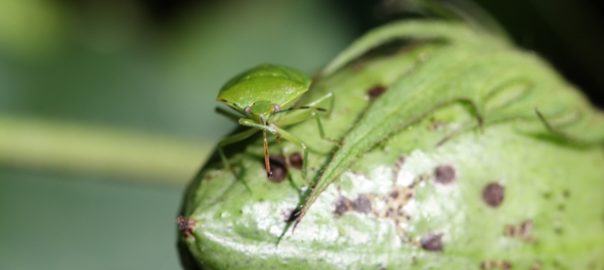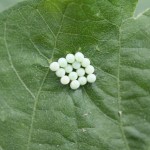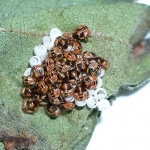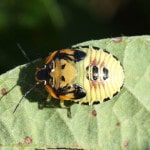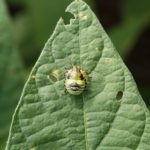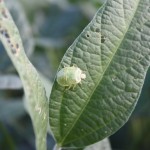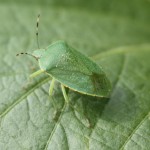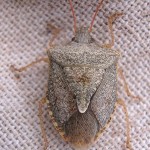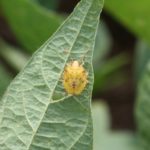I ran a post last week that somehow got lost in cyberspace, so this is my effort to recreate it.
Cotton: The gist of my post last week was that most early planted cotton has accumulated more than 350 DD60s past NAWF5, and thus, insect management was generally unnecessary. Ideally, you recorded the date that a field reached or dropped below NAWF5 (=cutout) and kept up with the accumulated heat units after this point.
Pro-tip: It generally takes 16-19 days to accumulate 350 DD60s once cutout is reached under normal temperature conditions, and fields that are averaging less than 2 nodes above a first-position white flower have usually accumulated 350 DD60s.
For later maturing cotton, keep in mind that the last effective bloom date in West Tennessee ranges from August 10-15. This is based on long-term weather data and represents the date that a flower has a 50% chance of maturing into a boll before a killing frost. If a field has not reached cutout by August 15th, I suggest using this as the date of cutout. Thus, you should protect bolls for another 350 DD60s until they are mostly safe from insect attack. This will take you into the first few days of September. Insecticide application after this point are really rolling the dice.
Soybean: There continue to be a few reports of corn earworm infestations in very late planted soybean, primarily from the Mississippi River bottoms. There are also reports of green cloverworm and stink bugs exceeding the economic thresholds. My take home message is that insect problems are typically worse in late maturing fields, so don’t let corn harvest distract you from managing pests. Stink bugs populations often concentrate in late maturing fields as cotton and early soybean fields begin to mature. These same fields are far more likely to be infested with economically damaging infestations of soybean looper.
Reminder: The suggested threshold for stink bugs is to treat until R6 when infestation exceed an average of 9 bugs per 25 sweeps. Double this threshold for the next 7-10 days after hitting the R6 mark. Refer to the soybean insect guide for more information about managing pests.

